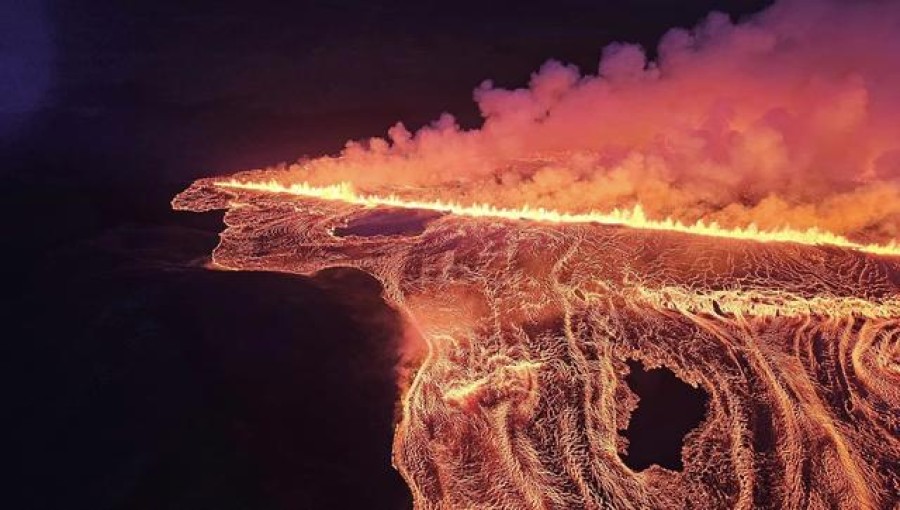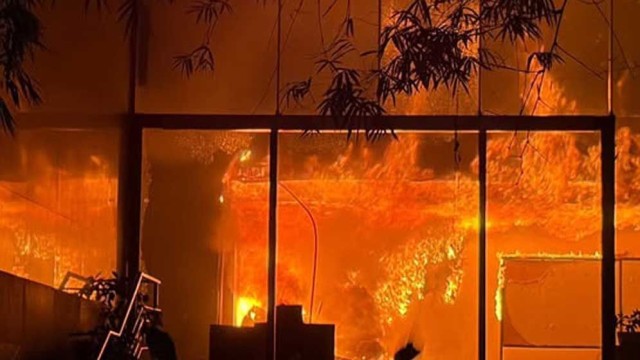Icelandic authorities reported the formation of a second volcanic fissure on the Reykjanes peninsula in the southwest of the country on Friday. This development follows the eruption that began on Thursday night, marking the sixth volcanic event in the region since December.
The initial eruption started at 9:26 pm local time, accompanied by a series of earthquakes, and was characterized by lava spewing from a fissure approximately 3.9 kilometers (2.4 miles) long. However, by Friday, the Icelandic Meteorological Office (IMO) noted that volcanic activity had significantly decreased, with the second fissure, which opened overnight, becoming the most active.
This eruption is situated to the north of previous events in the area and, due to the direction of lava flow, poses less risk to the nearby fishing village of Grindavik. The village, which was evacuated as a precaution, has seen only a small number of residents stay overnight following earlier evacuations in November.
The IMO also mentioned that winds from the north and northwest would carry gas pollution from the eruption site out to sea, reducing the immediate risk to nearby communities.
This series of eruptions on the Reykjanes peninsula marks a period of increased seismic activity, with the region experiencing its first eruption in eight centuries in March 2021. Iceland, situated on the Mid-Atlantic Ridge, is home to 33 active volcano systems, the most in Europe, due to its unique location between the Eurasian and North American tectonic plates.






























Comment: